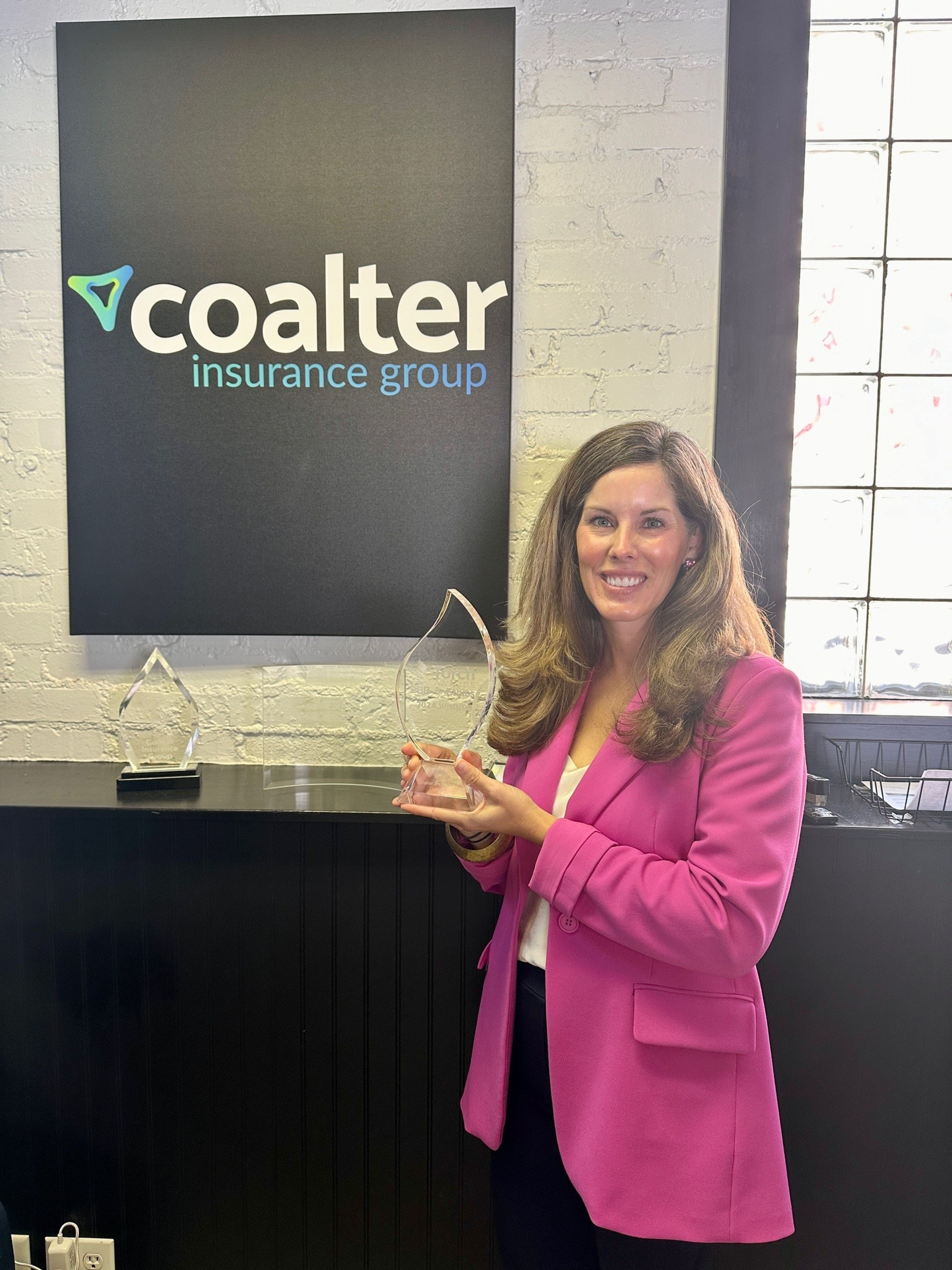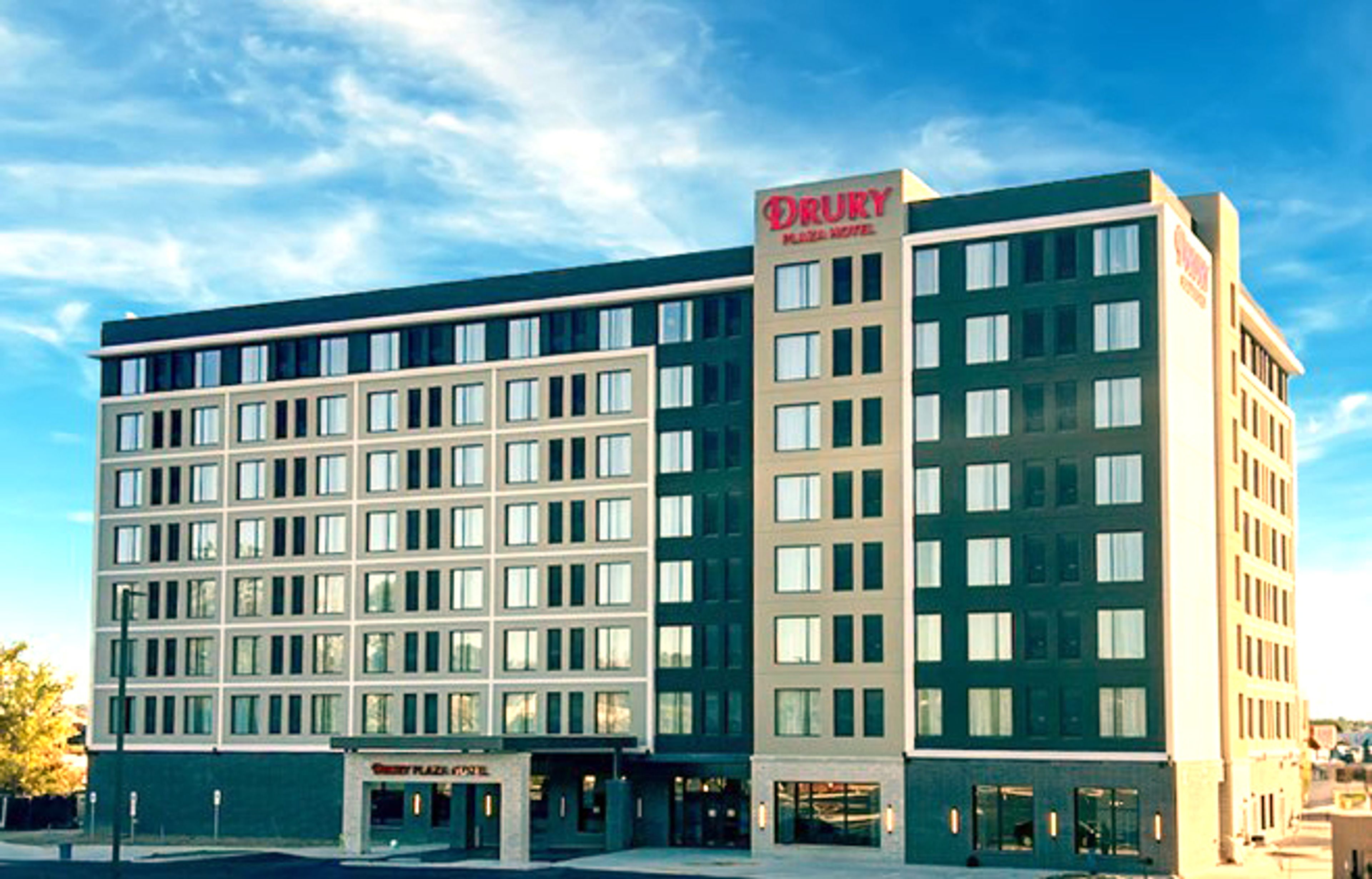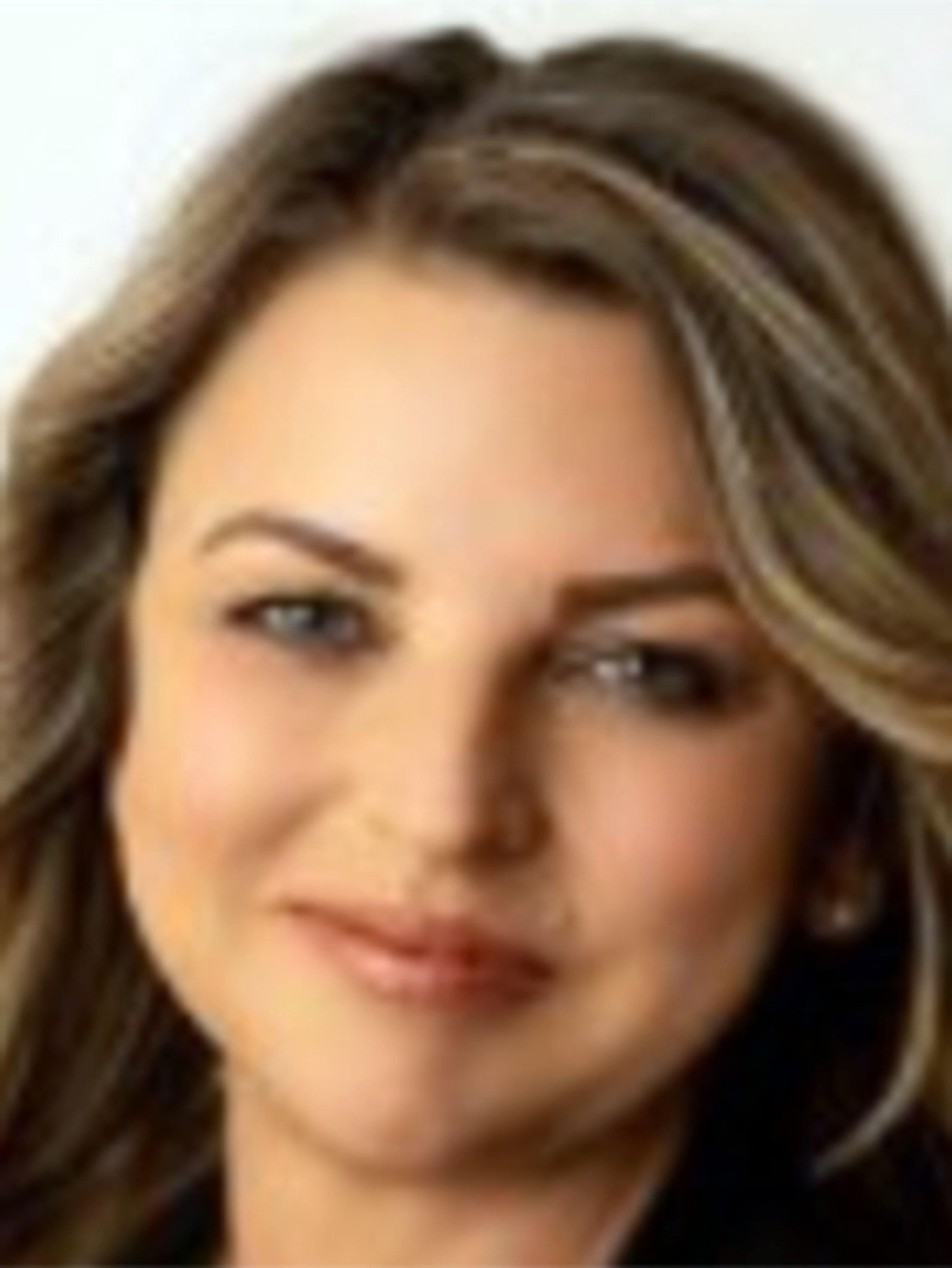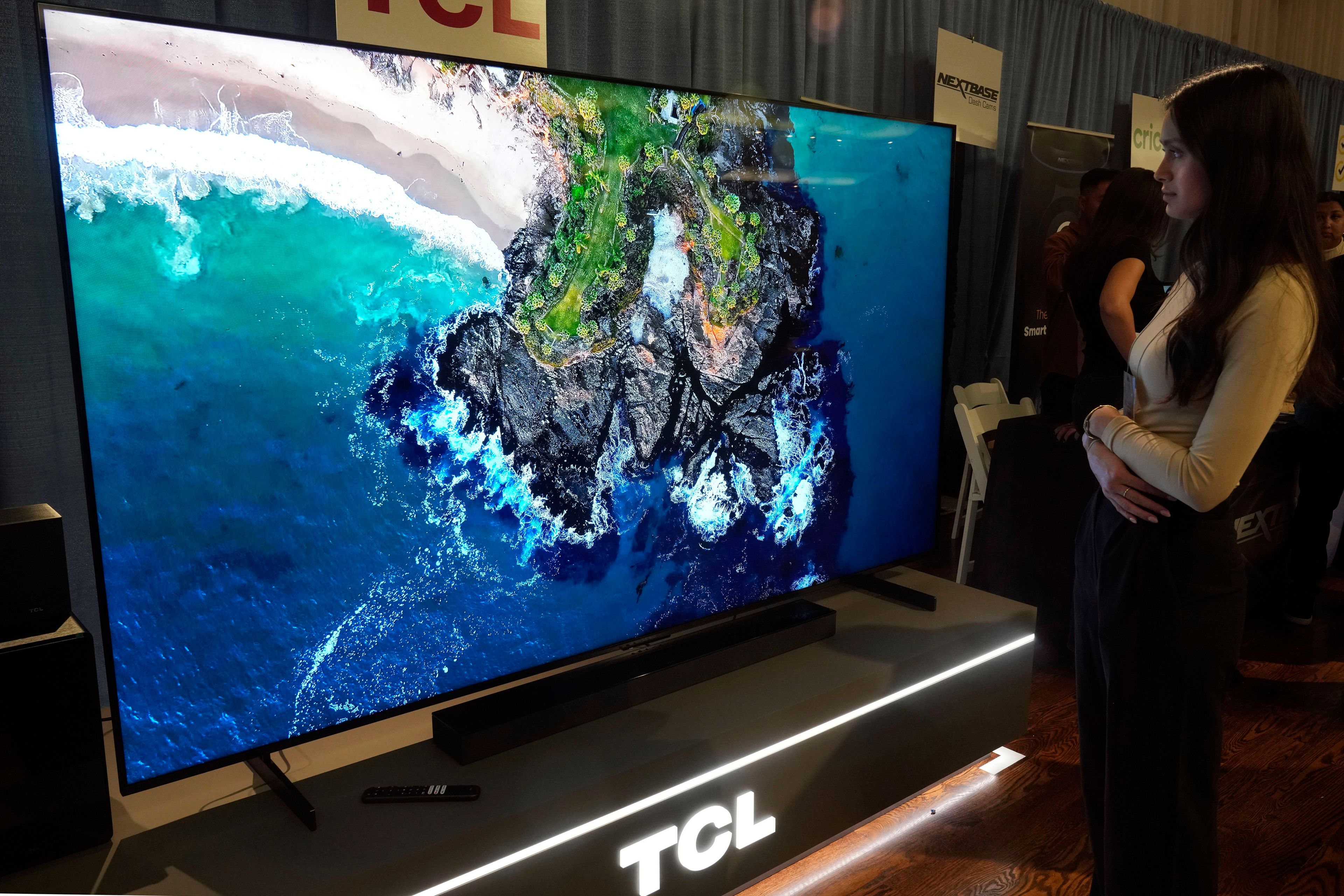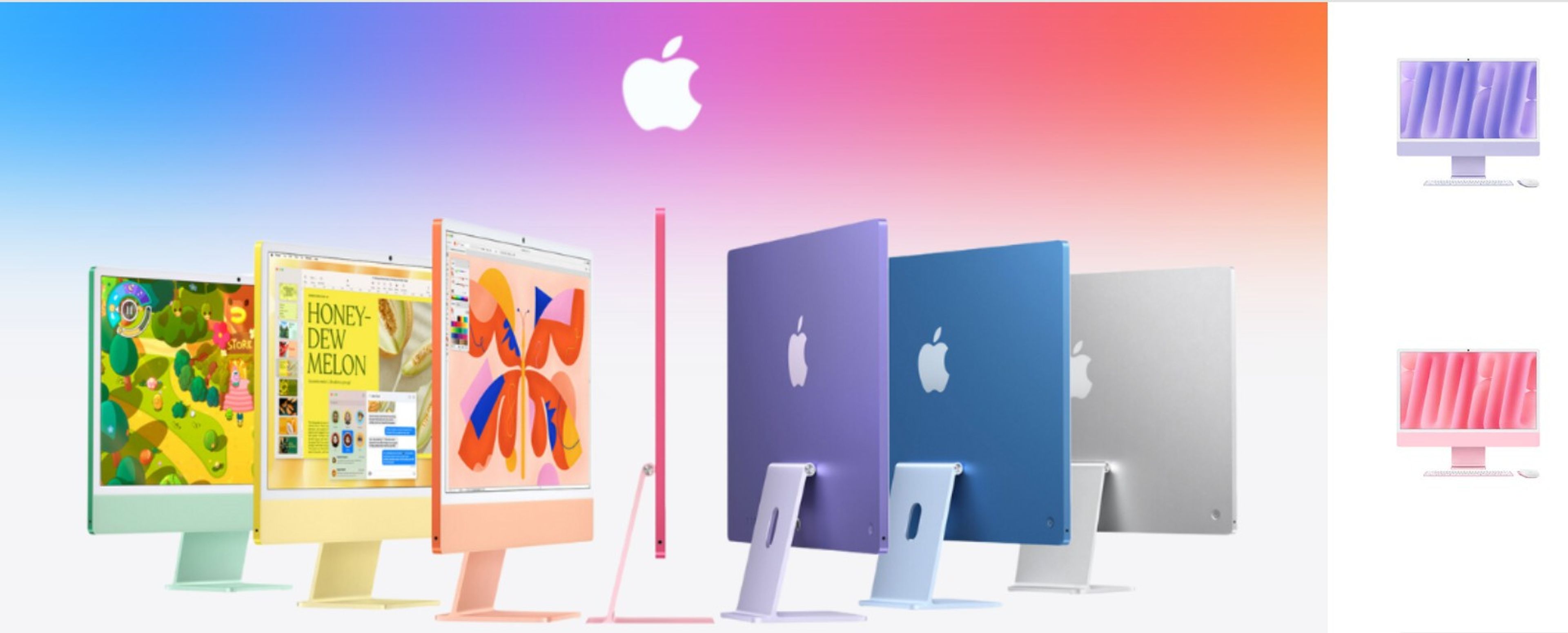STRICTLY BUSINESS: TARGET WILL PRACTICE MICROMARKETING AT NEW CAPE STORE
When Target opens its Cape Girardeau store here later this month, consumers will get the feel of Target's "micromarketing" program, which has helped propel Target Stores into national prominence among quality discount stores. Target Stores, a division of Dayton Hudson Corp., one of the nation's largest general merchandise retailers, started its micromarketing program during the early 1990s...
When Target opens its Cape Girardeau store here later this month, consumers will get the feel of Target's "micromarketing" program, which has helped propel Target Stores into national prominence among quality discount stores.
Target Stores, a division of Dayton Hudson Corp., one of the nation's largest general merchandise retailers, started its micromarketing program during the early 1990s.
Micromarketing, as Target Stores call its merchandising program, is the reality that what sells in one market won't sell in another. The company's micromarketing initiative was born out of embarrassment. In 1989, Target opened its first Florida stores. In the fall of 1989, Target's Florida stores brimmed with parkas, gloves and sweaters. They didn't sell, and Target started its micromarketing program.
What it comes down to, say Target officials, is "having the right merchandise in the right store at the right time."
Shoppers won't find parkas in the Florida stores anymore. But, the parkas can be found in Michigan, Iowa and other northern Target stores.
Target officials say micromarketing makes good sense. The 623-store discount chain uses its micromarketing to tailor merchandise in each store to the preferences of its patrons.
When Target opens in Cape Girardeau July 23, consumers will find some items specially designed for this area.
Every store carries major merchandise categories, said a spokesman from the corporate offices. "But, like others, the Cape Girardeau store will have a number of special items."
These include Southeast Missouri State University T-shirts and caps, noted a spokesman from the corporate public relations office pro. "We also are making NASCAR shirts available," said Tim Leslie. "Marketing surveys have indicated a big following of NASCAR fans in the area."
Another local item available here will be special school uniforms.
Target is investing heavily in its micromarketing program, and it is paying some dividends. In 1994, many stores recorded 7 percent increases in sales and an 11 percent boost in operations, exceeding a number of other discount chains. Sales have steadily increased over the past four years, 10 percent in 1991, 15 percent in 1992 and 13 percent in 1993.
Target company buyers are now required to visit stores they buy for, as well as their competitors.
When the Target store, near the Interstate 55/Route K intersection in Cape West Business Park, opens, it will add a 100-job boost to the labor market.
Carolyn Brookter of the company's public affairs department said The Cape Girardeau store will have about 90,000 square feet of retail space (97,000 square feet overall) and will employ between 100 and 125 people."
Nationally, Target provides employment for about 106,000 people.
Target, which opened its first store more than 30 years ago at Roseville, Minn., a suburb of St. Paul, is the largest division of Dayton Hudson Corp.
California has 118 stores, Texas has 67 and Florida 46. Target operates more than 600 stores in 32 states, including eight stores in Missouri, 35 in Illinois and six in Kentucky.
The company opened 30 stores last year and hopes to open 30 more this year.
"Merchandising" improves
sales for Wal-Mart chain
In Wal-Mart Store 751 in Pella, Iowa, shoppers are likely to find special tulips and Dutch lace, befitting that community's heritage.
In Store 2126, at Mililani, Hawaii, cookware for oriental specialties and snorkeling equipment occupy some of the shelf space.
Shoppers in Store 111 at Chanute, Kan., dairy farmers can find knee-high black boots alongside gates and panels for cattle pens.
And, at Store 1626, at Minot, N.D., customers can find snow blowers and strap-on skies.
Each Wal-Mart, Supercenter and Sam's Club is planned for the people who shop there.
Wal-Mart calls its program simply "merchandising," to buy for customers, not just sell to them.
One more example, at Store 21 in St. Robert Mo., near the Fort Leonard Wood Army Base. The store stocks lots of small and medium-sized garments for the physically fit soldiers, and a large selection of housewares useful to young families setting up households nearby.
Wal-Mart officials say that 85 percent of merchandise is common to all 2,562 stores in the huge Wal-Mart chain. About 15 percent of merchandise in the store reflects local preferences.
Wal-Mart, which could pass the $100 billion mark before the year 2000, is fairly direct about asking customers' opinions. Associates often ask the customers whether they are finding what they want, whether they are being treated well and how they can serve them better.
Once a month, customer comments are reviewed.
From community to community, customers' expectations are fairly consistent. They want shopping to be easy, they want quality merchandise, they want one-stop shopping and they want low prices.
Wal-Mart tries to please. In one store, 2074 in Wasilla, Alaska, the convenience of one-stop shopping means a two-step process. Associates take customers orders by phone and arrange for merchandise to be flown to even the remotest of communities.
Wal-Mart has been practicing its merchandising program since the founding of the company, and with big results.
Fiscal 1995 represented an impressive year of strong double-digit growth in sales, net income and earnings per share. Sales topped $82 billion, from $67 billion in 1994. Earnings rose to $2.68 billion, or $1.17 per share. And, Wal-Mart is not bashful in predicting sales to top $97 billion in 1996 (only three Fortune 500 companies, General Motors, the Ford Motor Co., and Exxon, have higher sales).
The company has committed almost $4.5 billion to capital spending, which will include opening 111 new Wal-Mart stores, opening 75 supercenters and 22 Sam's Clubs, and converting 122 Woolco stores to Wal-Mart discount stores in Canada.
On the gambling scene
The Missouri Riverboat Gaming Association is serious about preventing underage gambling.
More than 2,500 people attempting to board Missouri's riverboat casinos in April were turned away, according to figure released by the Missouri gambling industry.
April was the first month for which the industry compiled the underage statistics under a program designed to discourage underage and compulsive gambling.
In April, security personnel checked the IDs of 52,745 people, 6 percent of the 910,937 visitors to the five riverboat casinos.
Entry was refused to 2,578.
"Preventing underage persons from boarding riverboat casinos is one of the major objectives of our responsible gaming program," said Mike Ryan, executive director of the gaming association. "We believe that our overall responsible gaming program is the most comprehensive of its kind in the gaming industry.
Similar figures by the Illinois Gaming Board show that in April, more than 2 million people visited riverboat casinos in that state. A total of 36,580 IDs, 2 percent of all the visitors, were checked. Of these, 1,101 visitors were turned away because they were under 21, or did not have a valid ID.
The Missouri Gaming Association has also opened a special "Problem Gambler's" toll-free hotline.
Individuals with gaming problems may call the line 24 hours a day to receive information or assistance.
The hotline addresses the two most common problems associated with gambling -- underage gambling and compulsive gambling. It also addresses the responsible use of alcohol by casino patrons.
The hotline, 1-800-GAMBLER, is funded by the gaming association and operated by Life Crisis Services of St. Louis.
The mention of alcohol use by casino patrons brings up another suggestion here.
Perhaps all gambling casinos should follow the pattern established in Illinois -- that of no FREE drinks.
Many casinos in Missouri and Mississippi, Las Vegas and Atlantic City, provide free drinks to patrons participating in gambling, at the slots or at the tables.
Only in Illinois do alcoholic drinks cost. Only sodas and coffee are free to gamblers.
Connect with the Southeast Missourian Newsroom:
For corrections to this story or other insights for the editor, click here. To submit a letter to the editor, click here. To learn about the Southeast Missourian’s AI Policy, click here.
